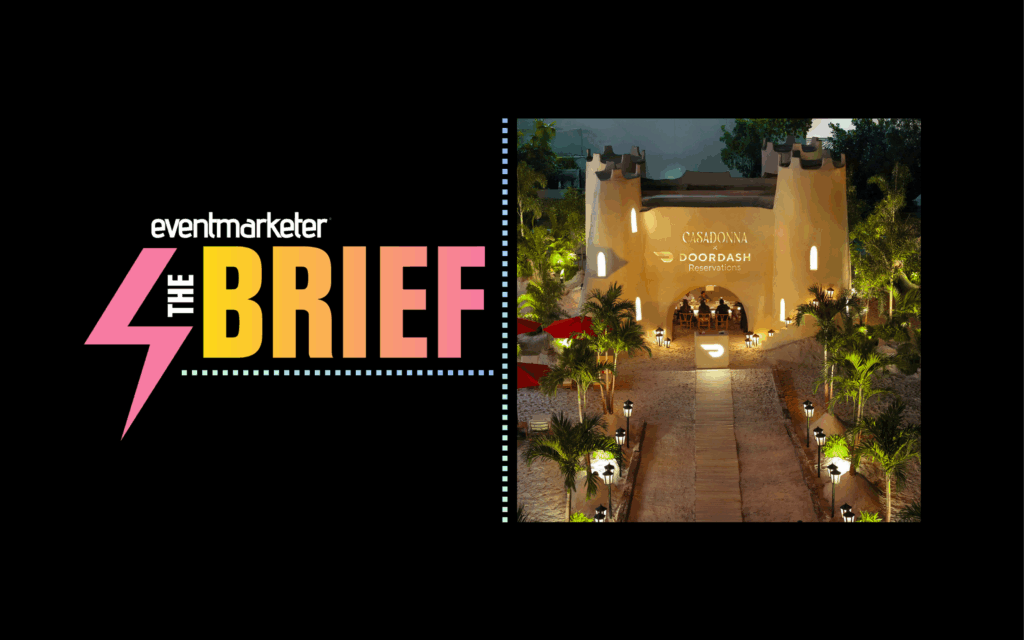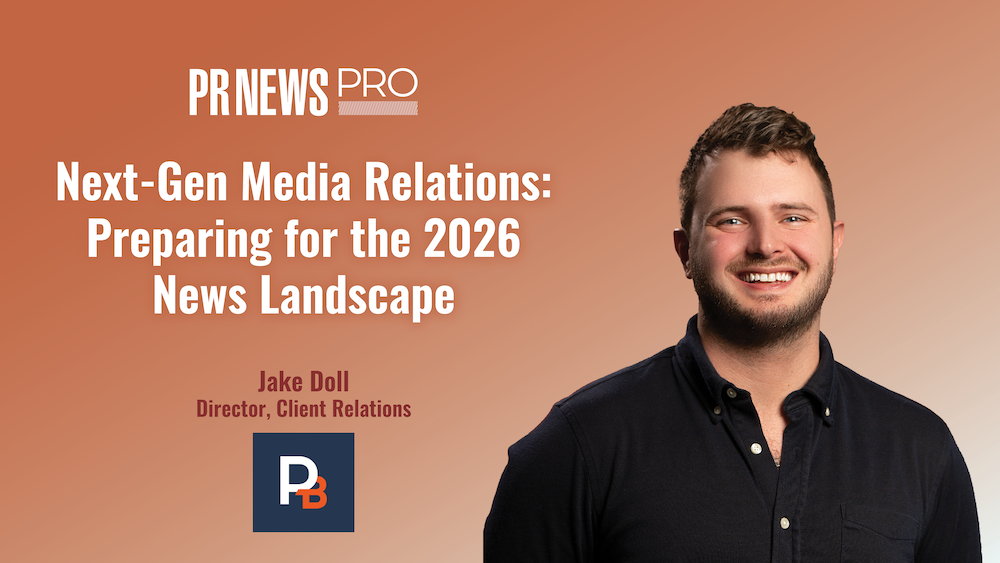AFTER 12 YEARS of targeting Hispanic consumers with two direct mail campaigns per year, Greenwich, CT-based Madison Direct Marketing is changing its approach.
In the past, “we would constrain [the mailings] to the top 12 geographies, like L.A., San Antonio [and] Dallas,” says Rick Greenberg, vice president of marketing for Madison Direct.
Not only does Madison Direct now send mailings to Hispanic consumers in all 50 states, but the agency has increased the number of annual mailings to five for its list of clients, which includes Sears, Roebuck & Co., Gerber Life Insurance, Bayer and Grolier. “We’ve seen steadily increasing interest in the Hispanic market on the part of our clients,” Greenberg says.
That interest is part of a larger trend as marketers mull ways to get their products before a Hispanic community with increasing buying power. According to the Selig Center of Economic Growth, Hispanic consumers spent $490.7 billion in 2000. By 2007, the number is expected to reach $926.1 billion.
Why the increase? The Hispanic population is growing faster than the U.S. population as a whole. In July 2002, there were 38.8 million Hispanics in the United States, up from 35.3 million in April 2000, making Hispanics the nation’s largest minority group. “Geographically the U.S. is a lot closer to Latin America than it is to the Europe of previous populations,” says Luis Garcia, president of San Antonio, TX-based Hispanic marketing firm Garcia 360.
“They’re maintaining their culture of origin and in some instances their language of origin,” Garcia says. Marketers, in turn, must adapt.
While the top Hispanic markets have traditionally been Los Angeles, New York, Miami, Chicago and Houston, the states with the biggest growth in Hispanic buying power, according to the Selig Center, are North Carolina, Arkansas, Georgia, Tennessee and Alabama.
It is in these growing Hispanic markets where Association of Hispanic Advertising Agencies President Aida Levitan sees new Hispanic marketing companies cropping up.
American companies are reaching out to these specialty agencies to augment the work of their own marketing departments, but Levitan says in many cases, companies aren’t spending enough.
A study by the Association of Hispanic Advertising Agencies titled The Right Spend II, found that American companies on average spent 3.2% of their marketing budgets on targeting Hispanic consumers when they should have been spending at least 8%. “In certain Hispanic markets, [companies] should be spending as much as 40% to 50%,” Levitan says.
Companies that produce children’s products should be particularly focused on this market because a large proportion of the Hispanic population is under the age of 12. Other products popular with Latinos are health and beauty products, as well as packaged foods.
CPG giant Procter & Gamble has been marketing aggressively to Hispanics since the 1960s, says Maria Molina, the company’s manager of Hispanic corporate relations.
Among the company’s campaigns targeting Hispanic consumers is a Spanish-language Crest commercial that ran during this year’s broadcast of the Grammy Awards. The company also uses product packaging to catch the eye of Latino consumers.
“Many of our packages are bilingual or trilingual,” Molina says. “[Hispanics] like colors that are bright. We love scent,” she says. “Also, we like to see ourselves reflected in the packaging whether it’s a Downey picture, a Pampers baby or an actor in [a] commercial.”
Procter & Gamble also makes a point of creating educational promotions that serve the community. One such program, the Healthy Smiles 2010 Program, is an endeavor by Crest to address the disparities in oral healthcare between America’s high-income and low-income children and families, many of whom are Hispanic, Molina says. Through the promotion, Crest distributes information to Hispanic families about the importance of oral healthcare and the impact poor dental hygiene can have on overall health. “It’s not only about advertising and getting the Hispanic community to purchase our products, but we want to be a very visible and active part of those communities,” she says.
Automaker Nissan hopes to convince Latinos that it is committed to their community by embracing the Spanish language. The company recently created a Spanish-language version of its 200-page Web site, which not only encompasses the words of the Hispanic culture but nuances of Latinos, as well, according to Steve Silver, director of eBusiness for Nissan North America.
More than language
While many companies that seek to market to the Hispanic market take the same approach as Nissan, translating an advertisement or marketing message from English to Spanish is sometimes ineffective at best and disastrous, at worst.
“If you’re trying to reach Hispanics who are second or third generation in the United States, Spanish may not be the way to go because their Spanish may be weak,” says Elena del Valle, president of the Hispanic Marketing & Communication Association.
Language is not the only variable that differs by region. The term “Hispanic” refers to an ethnicity rather than a race, so members of the ethnic group can be either black or white and come from any Latin American country. As a result, Mexicans in California often have different holidays and cultural practices than Puerto Ricans in New York.
Levitan says marketers can get around such differences with campaigns that reflect values that all of the markets can relate to.
To accentuate the differences, marketers can “use Mexican music that is appealing to the L.A., Texas and Chicago markets … and use a more Caribbean style of music for New York and Miami,” she says.
Another way for marketers to attract the Hispanic consumer is to wrap promotions around holidays, such as the Mexican Independence holiday on Sept. 16 or Cinco de Mayo. Rico Vallejos, president of International & Ethnic Communications, advises clients to sponsor or participate in Hispanic holiday celebrations.
Companies can also create their own ethnic-oriented events. One of Vallejos’ clients, telephone giant Verizon, hosts Verizon Music Festivals, which feature Hispanic artists and draw “thousands and thousands of Latinos at these festivals and concerts,” he says.
Companies can take their marketing plans to an even higher level by creating new products geared specifically to Hispanics. For example, Procter & Gamble has launched fabric softeners with stronger scents to attract the fragrance-appreciative Hispanic community. And financial institution Fleet Boston has piloted a Spanish-language credit card program called “Acceso,” in which everything associated with the card is bilingual from the application to the monthly statement.
With a young population base, most Hispanics in the United States are nowhere near retirement, so their economic clout is only going to grow. Not only that, but the Hispanic Monitor 2002 Study conducted by Yankelovich Partners found that 61.3% of Hispanic consumers stay loyal to products once they find brands they like.
For that reason, the Latino consumer market is a treasure chest that can be opened by marketers who are responsive to the group’s needs. “At the end of the day, it’s about being in touch with the needs and the issues that matter most to Hispanics, and being able to acknowledge those differences and meet the preferences,” says Procter & Gamble’s Molina.
Tamara Holmes is a freelance writer based in Kettering, MD.
Viva cupónes!
UNIVISION ONLINE, a subsidiary of media conglomerate Univision Communications, Inc., closed a deal in August with Cupónes y Muestras Network, an online channel that brings coupons and samples from national brands to U.S. Hispanics. Under the agreement, advertisers can opt to offer the Univision online audience printable coupons, to be downloaded and taken to the store for redemption, or request coupons or samples be mailed to the home.
“Our expectations are huge,” says Jaimie Korody, VP marketing for eclip.com, parent of the Cupónes y Muestras Network. In addition to the Univision program, the company offers Terra Centro de Cupónes y Muestras, TodoBebe Cupónes y Muestras, and CupónesyMuestras.com. It claims a user base of 6 million Spanish-speaking consumers, or nearly 40% of total U.S. Hispanic Internet users.
At 1 billion page-views per year, Univision Online is the largest Hispanic portal in the U.S. Launched in 2000, Univision.com has a strategic content and marketing alliance with America Online and its properties (AOL, Netscape and CompuServe).



